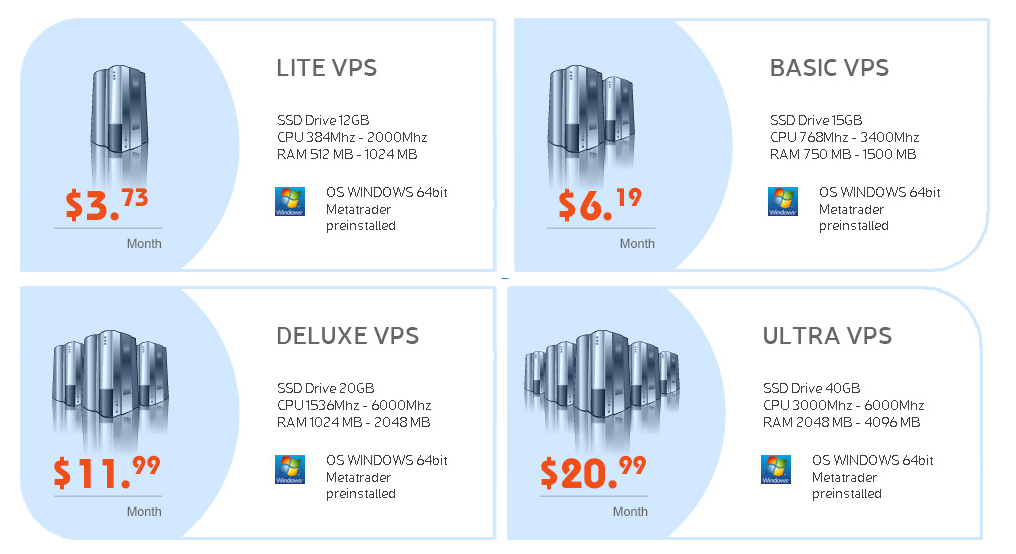Currency Futures and Forex Trading: An Essential Introduction to Global Currency Markets

Currency Futures Trading
Currency futures trading is a fascinating and dynamic market that allows traders to speculate on the future price movements of currencies. In this article, we will explore the fundamentals of currency futures trading, understanding how it works, its unique features, and the potential benefits and risks it offers.
Understanding Currency Futures
Currency futures are standardized contracts that represent a specific quantity of a particular currency. These contracts are traded on regulated exchanges, such as the Chicago Mercantile Exchange (CME) or the Intercontinental Exchange (ICE), providing a transparent and centralized marketplace for currency trading. Unlike the spot forex market, where currencies are bought and sold for immediate delivery, currency futures contracts have predetermined expiration dates and are settled in cash at the end of the contract period.
How Currency Futures Work
When trading currency futures, a trader takes a position on the future price movement of a currency pair. The two primary positions are going "long" and going "short." Going long on a currency futures contract means buying the contract with the expectation that the value of the underlying currency will rise. Conversely, going short involves selling the contract with the anticipation that the currency's value will decline.
For example, if a trader believes the Euro (EUR) will appreciate against the U.S. Dollar (USD), they can go long on a EUR/USD currency futures contract. On the other hand, if they predict a decline in the EUR's value, they can go short on the same contract.
Advantages of Currency Futures Trading
• Regulated and Transparent: Currency futures trading takes place on regulated exchanges, ensuring fair and transparent pricing. The exchange acts as an intermediary, providing a level playing field for all participants.
• Standardized Contracts: Currency futures contracts have fixed contract sizes and expiration dates, making them easy to understand and trade. This standardization also facilitates liquidity in the market.
• Leverage and Margin: Like forex trading, currency futures trading allows traders to use leverage, which means controlling larger positions with a smaller capital outlay. However, the leverage ratios in currency futures are usually lower than in forex trading, leading to potentially lower risk.
Risks of Currency Futures Trading
• Leverage Risk: While leverage can amplify potential gains, it also increases the risk of significant losses. Traders must exercise caution and implement risk management strategies.
• Market Volatility: Currency markets can experience high levels of volatility, leading to rapid price fluctuations. Traders should be prepared for sudden and unexpected market movements.
In conclusion, currency futures trading offers an exciting opportunity for traders to participate in the global foreign exchange market. With its regulated and standardized nature, it provides a structured and transparent environment for speculating on currency price movements. However, it is essential for traders to approach currency futures trading with caution, understanding the risks involved and adopting sound risk management practices to succeed in this dynamic market.
- Art
- Causes
- Crafts
- Dance
- Drinks
- Film
- Fitness
- Food
- الألعاب
- Gardening
- Health
- الرئيسية
- Literature
- Music
- Networking
- أخرى
- Party
- Religion
- Shopping
- Sports
- Theater
- Wellness
- IT, Cloud, Software and Technology


